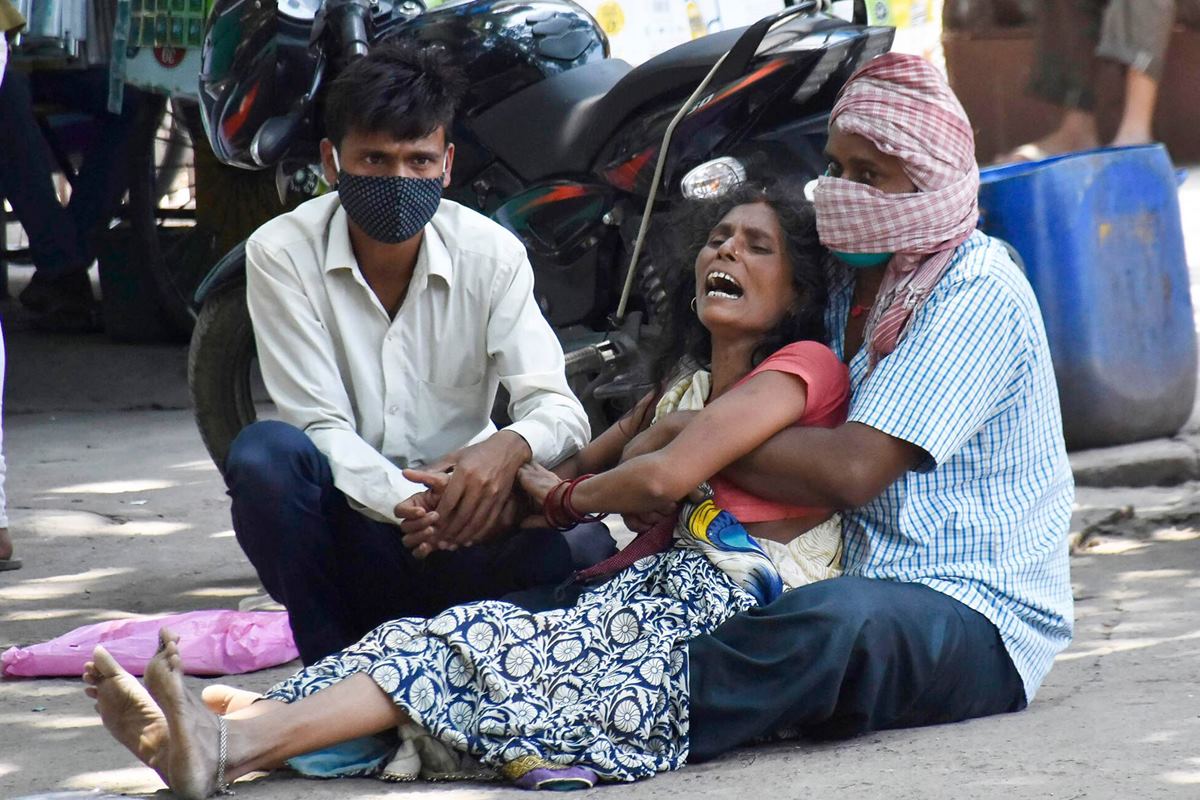
Since the start of the Covid-19 outbreak (March 2020 to May 2021), there have been at least 251,000 excess deaths registered in Bihar under the Civil Registration System (CRS), which is 48.6 times the official number of confirmed coronavirus deaths (5,163) in the same time period.
The figures from Bihar, which are based on deaths recorded in the state’s Civil Registration System between January 2015 and May 2021, show one of the largest excess mortality deviations of any state in the country so far.
The term “excess death” or “mortality” refers to the total number of deaths that occur due to all causes during a crisis that is higher than what would be expected under normal circumstances. To be sure, not all of these extra deaths could be attributed to Covid-19, but during a pandemic, such large shifts in fatalities are likely to be caused either directly or indirectly by the outbreak and the strain it places on a region’s healthcare system.
For this study, CRS data from the pre-pandemic period (January 2015 to February 2020) were averaged to create an all-cause mortality baseline, which was then compared to deaths recorded from March 2020.
Such data has provided crucial information on the true toll of the pandemic on human life both internationally and domestically.
In Bihar, data shows that there have been 251,053 “excess deaths” since the outbreak began, compared to the four-year period prior to the pandemic (2015-2019). Until the end of May, the state’s official Covid-19 death toll was 5,163. This means that the official Covid-19 death toll was undercounted by 48.6 times, according to CRS data.
Over 126,000 excess deaths were reported in the first five months of 2021, compared to 3,766 Covid-19 deaths in the same time period, resulting in a 33.7 undercount factor this year.
During the Covid-19 outbreak, data from CRS – India’s national system for recording all births and deaths, administered by the Registrar General of India and implemented on the ground by state governments – was used to calculate the number of deaths that would not have occurred if the pandemic had never occurred.
Several news organisations, including The Hindu, Scroll, The News Minute, and Article 14, have conducted similar analyses to estimate the undercount factor for various states, cities, and districts across the country. Andhra Pradesh, Assam, Gujarat, Himachal Pradesh, Karnataka, Kerala, Madhya Pradesh, Maharashtra, Punjab, and Tasmania have all received such estimates.
Because not all deaths in India are registered under CRS, the Sample Registration System (SRS), an annual survey conducted by India’s Office of the Registrar General, is considered the primary source of annual death estimates. Furthermore, she writes that registered deaths are not always domiciliary, and that deaths may not be reported promptly if they are registered at all. She went on to say that the level of registration from CRS to estimated SRS deaths is not consistent across the country or over time.






